Leading market players are investing heavily in research and development in order to expand their product lines, which will help the Glass Fiber Reinforced Plastic (GFRP) Market, grow even more. Market participants are also undertaking a variety of strategic activities to expand their footprint, with important market developments including new product launches, contractual agreements, mergers and acquisitions, higher investments, and collaboration with other organizations. To expand and survive in a more competitive and rising market climate, Glass Fiber Reinforced Plastic (GFRP) industry must offer cost-effective items.
Manufacturing locally to minimize operational costs is one of the key business tactics used by manufacturers in the Glass Fiber Reinforced Plastic (GFRP) industry to benefit clients and increase the market sector. In recent years, the Glass Fiber Reinforced Plastic (GFRP) industry has offered some of the most significant advantages to medicine. Major players in the Glass Fiber Reinforced Plastic (GFRP) Market, including Asahi Fiber Glass Co., Ltd. (Japan), Binani Industries Limited (India), Celanese Corporation (U.S.), SAERTEX GmbH & Co. KG (Germany), NITTOBO ASIA Glass Fiber Co.
Ltd. (Taiwan), and BGF Industries, Inc. (U.S.) and others, are attempting to increase market demand by investing in research and development operations.
Owens Corning is a corporation based in the United States that develops and manufactures insulation, roofing, fibreglass composites, and related materials and products. It is the largest producer of fibreglass composites in the world. It was founded in 1935 by two large American glassworks, Corning Glass Works and Owens-Illinois. Around 19,000 people are employed by the organization worldwide. Since the list's inception in 1955, Owens Corning has been a Fortune 500 firm every year. In 2020, Owens Corning has announced an increase in GFRP production capacity in China.
To address the increased demand for GFRP in the Asia-Pacific region, the business committed more than $50 million in increasing the production capacity of its factory in China.
Jushi Group is China's largest manufacturer of fibreglass. The company is one of the world's leading producers of fibreglass, offering a diverse range of products such as direct roving, chopped strand mat, woven roving, and fibreglass fabric. Jushi Group has a strong presence and exports its products to over 100 countries. The company is committed to innovation and has made significant investments in research and development to increase product quality and reduce environmental impact. In 2019, Jushi Group, a renowned Chinese fibreglass maker, has announced the establishment of a new GFRP production line in the United States.
The new production line, which is scheduled to be finished in 2021, will have an annual capacity of 80,000 metric tons and will aid the company's expansion into the North American market.
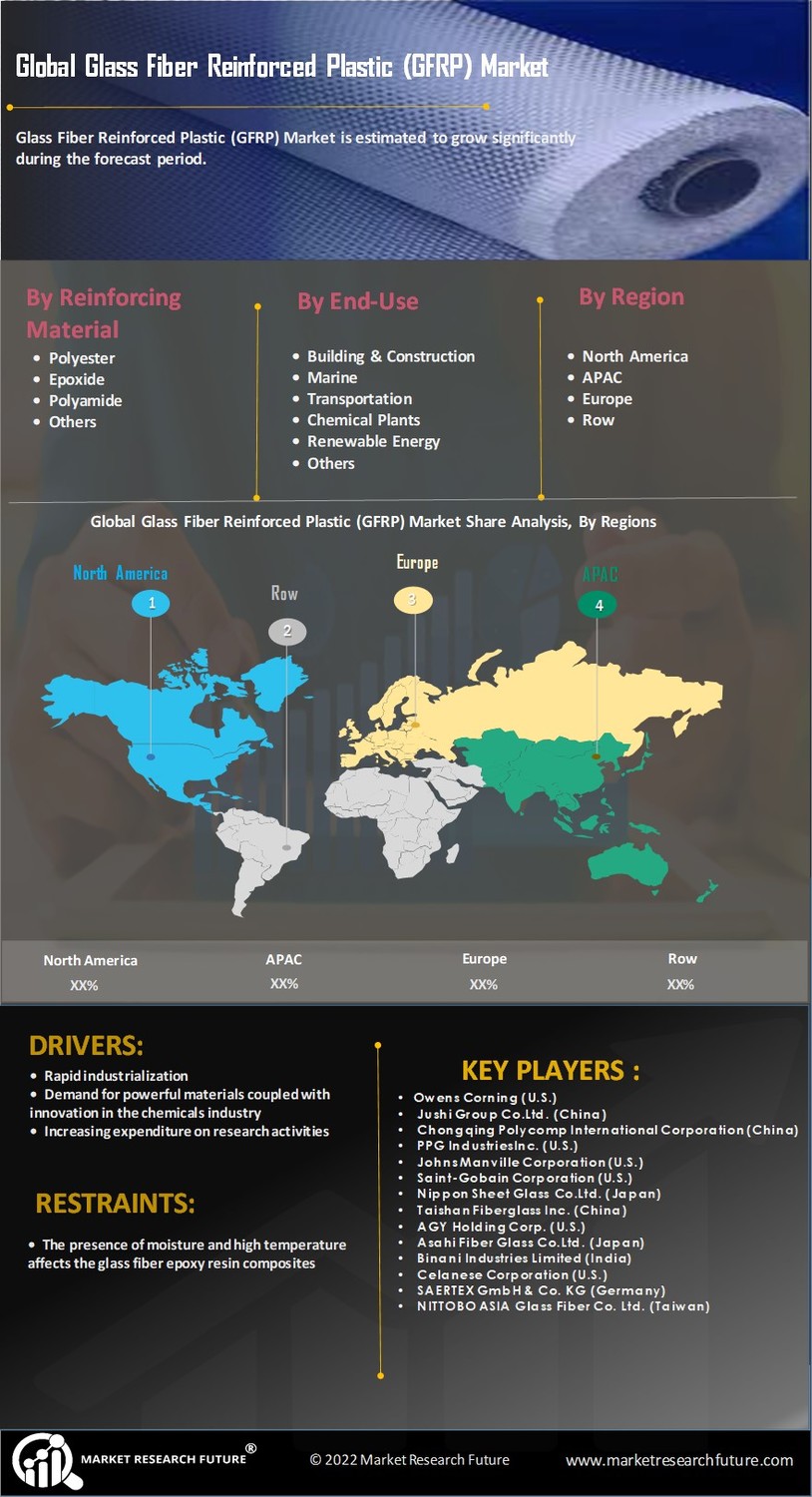

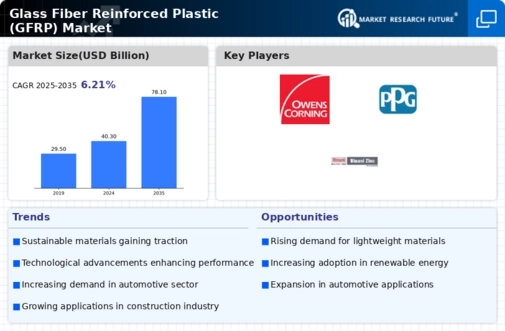
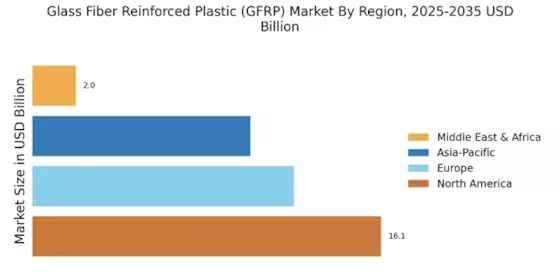

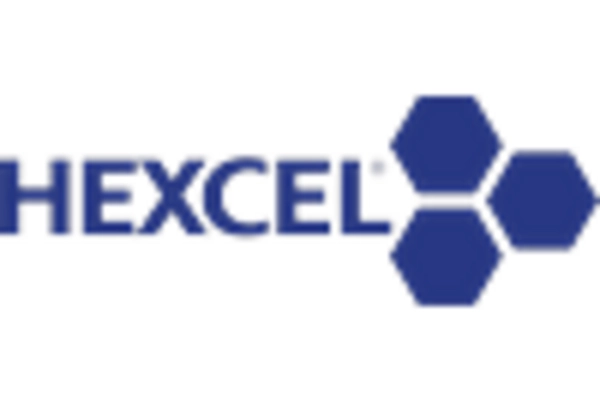
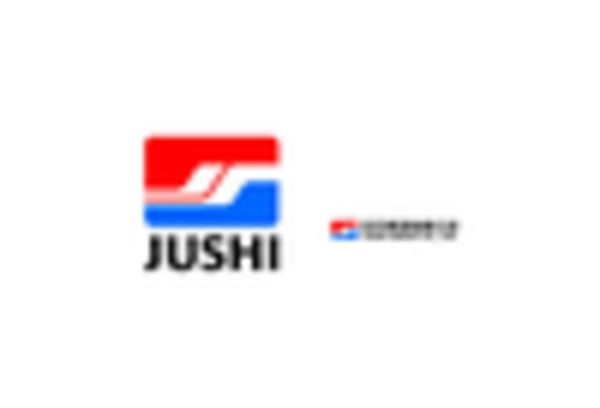

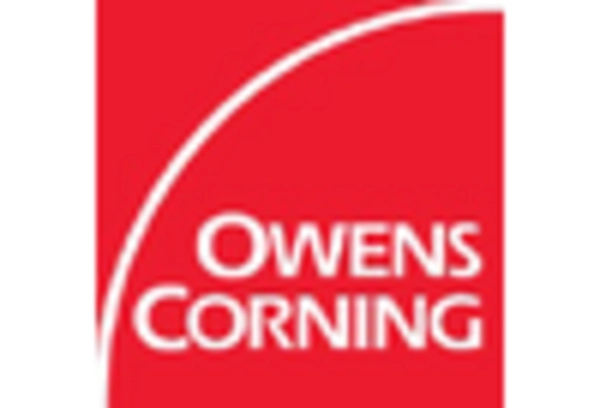
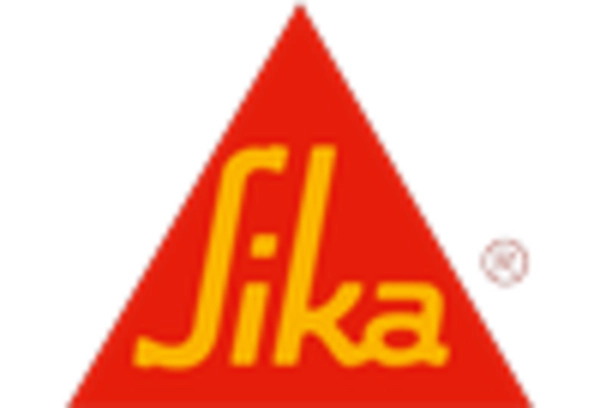








Leave a Comment